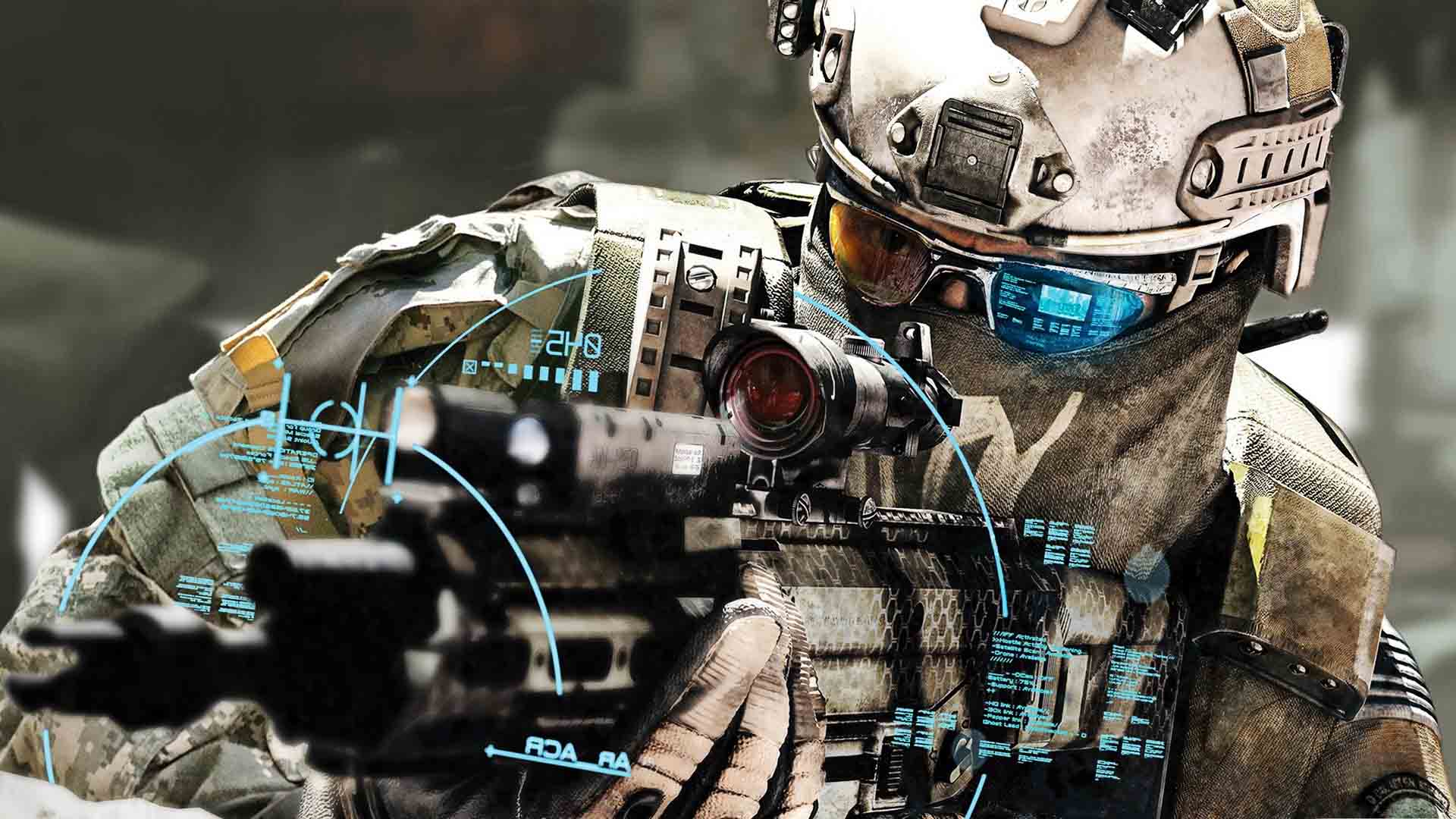In the military and law enforcement world, body armor or bulletproof vests are critical to keeping personnel safe from a variety of threats. It is essential to choose the best bulletproof vest with the latest technologies to ensure optimal protection in high-risk situations. In this blog post, we’ll discuss the top technologies used to develop the best bulletproof vests.
1. Ultra-high molecular weight polyethylene (UHMWPE) fibers
UHMWPE fibers are used to manufacture bulletproof vests, which have high tensile strength, low weight, and high abrasion resistance. Its molecular weight ranges from 1.5 to 6 million g/mol, giving it an excellent strength-to-weight ratio. It helps to prevent bullet penetration and makes bulletproof vests lightweight, so personnel can wear them comfortably for extended periods.
2. Ceramic plates
Ceramic plates are an essential component of bulletproof vests that can stop high-velocity rounds. These plates are often made of boron carbide, silicon carbide, or aluminum oxide, which have high hardness, strength, and fracture toughness. They are inserted into the chest and back areas of bulletproof vests to enhance protection against rifle fire.
3. Kevlar
Kevlar is a heat-resistant synthetic fiber made of poly-para-phenylene terephthalamide. It is an essential ingredient in the best bulletproof vests, helping to stop bullets and providing protection against stabbing or cutting. Kevlar fibers are tightly woven together to create a strong, flexible material that can withstand bullets.
4. Carbon nanotubes
Carbon nanotubes are one of the latest technologies used in bulletproof vests. When carbon nanotubes are combined with other materials such as Kevlar and UHMWPE fibers, they improve the bullet-stopping ability of bulletproof vests. Although this technology is still experimental, it shows significant potential for the development of more effective, lightweight, and comfortable bulletproof vests.
5. Dyneema
Dyneema is a high-strength synthetic fiber used in the development of the best bulletproof vests. It is an ultra-high molecular weight polyethylene material with high resistance to cut, abrasion, and impact. The material is spun into yarn and woven into the fabric of the bulletproof vests, which makes them resistant to bullets and knives.
Choosing the right bulletproof vest can make a significant difference in the safety of military, law enforcement, and security personnel. The latest technologies, such as UHMWPE, ceramic plates, Kevlar, carbon nanotubes, and Dyneema, have made it possible to develop the best bulletproof vests that provide superior protection, comfort, and mobility. When choosing the best bulletproof vest, it’s essential to consider the threat level, usage, and durability. Investing in the right bulletproof vest can save lives and protect personnel in high-risk environments.
For more articles, please click here.

